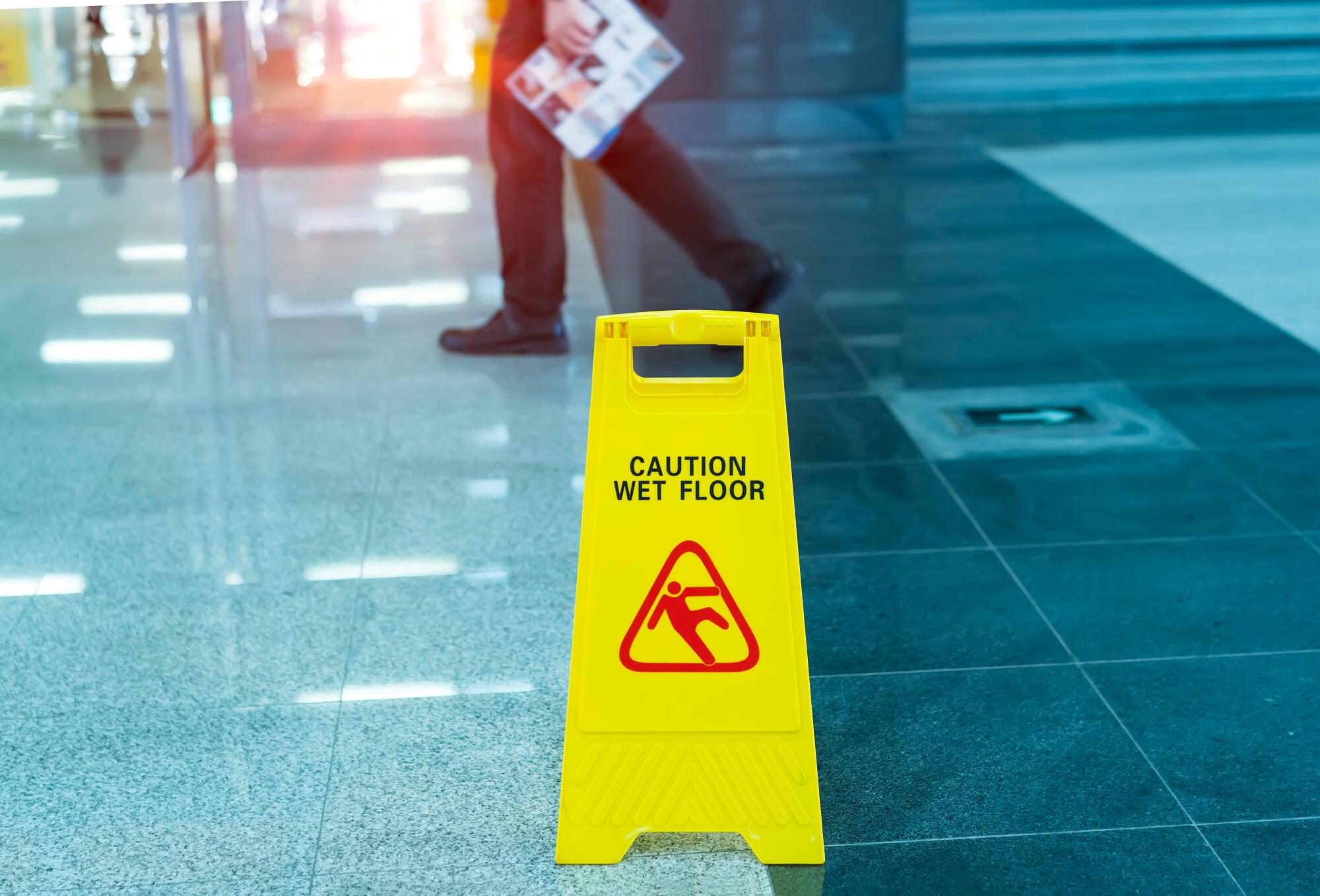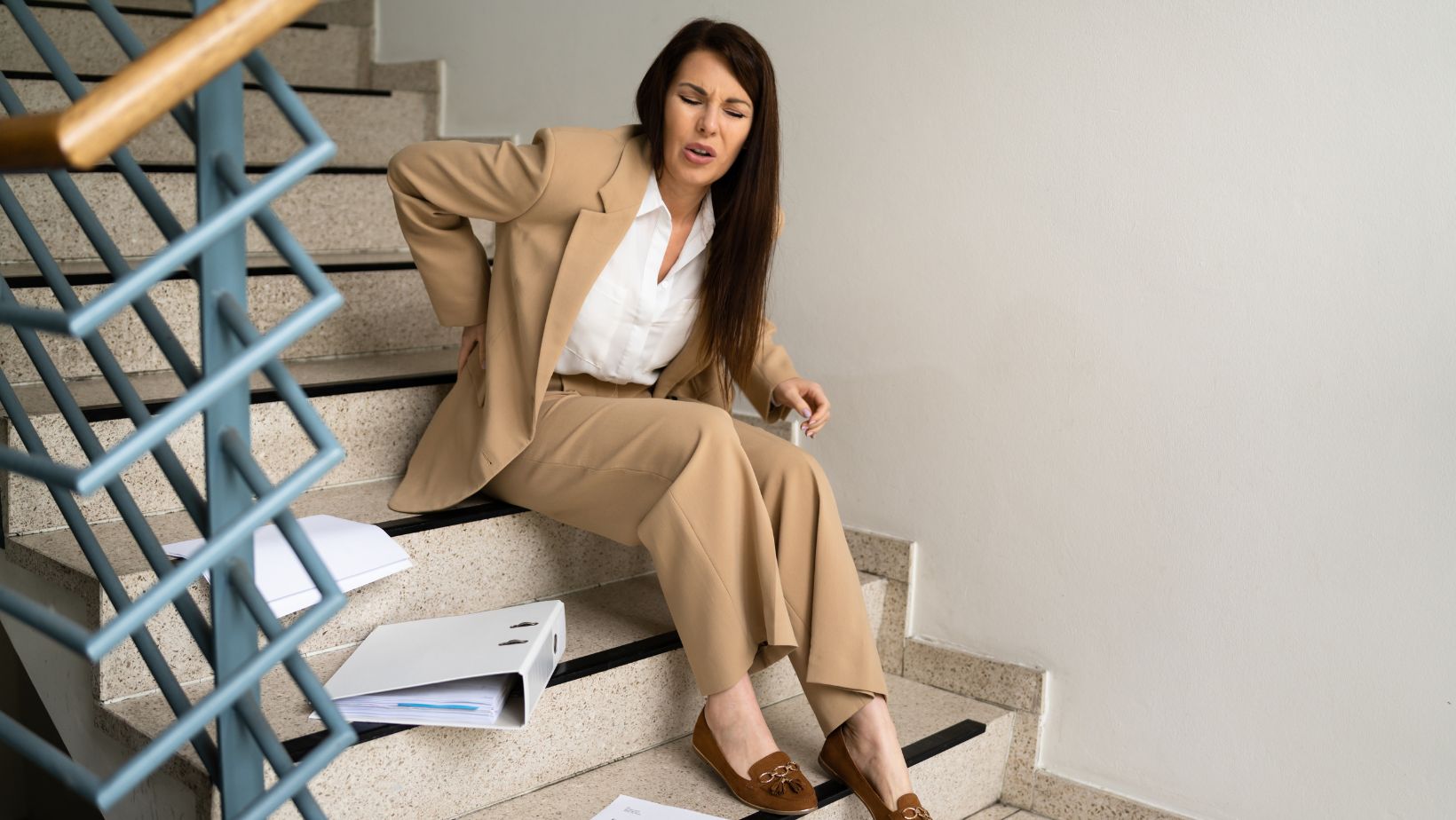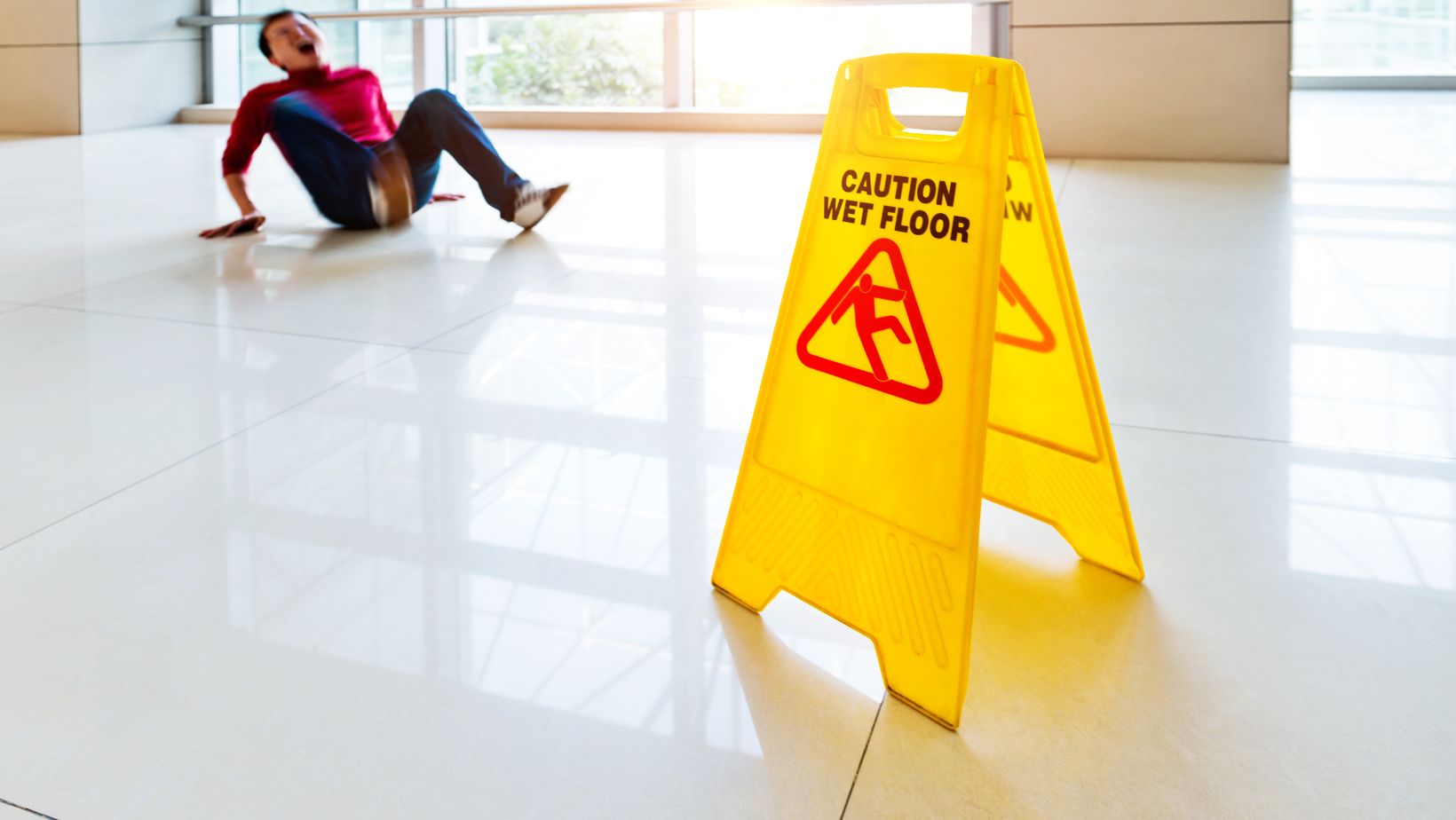Slip and fall accidents can happen unexpectedly, leaving individuals with injuries and medical bills. Proving negligence in such cases is crucial for seeking compensation for damages. Understanding the key elements of proving negligence is essential to successfully navigating the complexities of a slip-and-fall lawsuit.
In this article, readers will discover actionable steps to establish negligence in a slip-and-fall case. From identifying hazardous conditions to demonstrating a property owner’s duty of care, each aspect plays a vital role in building a strong legal argument. By following the strategies outlined in this guide, individuals can strengthen their position and increase the likelihood of a favorable outcome in their slip-and-fall lawsuit.
Understanding Negligence in Slip and Fall Lawsuits
When understanding negligence in slip-and-fall lawsuits, individuals need to grasp the concept of what negligence entails in legal terms and the specific legal standards that apply to these cases.
What Is Negligence?
In slip and fall cases, negligence refers to the failure of a property owner or occupier to take reasonable care to to prevent accidents on their premises. It involves a breach of the duty of care owed to visitors or customers. Negligence can arise from various factors, such as failing to maintain safe conditions, not addressing known hazards promptly, or disregarding safety regulations. To prove negligence, the injured party must demonstrate that the property owner’s negligence directly led to the slip and fall accident and resulting injuries.
Legal Standards for Negligence
Legal standards for negligence in slip-and-fall cases typically revolve around the concept of reasonableness. Property owners are expected to maintain their premises safely and not pose unreasonable risks to visitors. Courts assess negligence based on what a reasonable person would do in similar circumstances to prevent accidents. This standard considers factors like the foreseeability of hazards, the property owner’s awareness of dangerous conditions, and whether they took reasonable steps to address or warn about potential risks. To establish negligence, individuals must show that the property owner breached this duty of care, leading to the slip and fall incident.
Understanding the legal principles of negligence is crucial in slip-and-fall lawsuits for claimants seeking to prove liability and recover damages for their injuries. By comprehending what negligence entails and the standards applied in such cases, individuals can navigate the legal process effectively and strengthen their position to seek compensation for their losses.
Gathering Evidence for Your Case
In slip-and-fall lawsuits, gathering evidence is crucial to proving negligence and seeking compensation for damages. Here are essential steps to strengthen your case:
Collect Physical Evidence
Collecting physical evidence is key to supporting your claim. Take photographs of the accident scene, focusing on the hazard that caused the slip and fall. Document the exact condition of the area where the incident occurred. This evidence can help demonstrate the dangerous situation that led to the accident and the potential failure of the property owner to find out more prevent accidents.
Obtain Witness Statements
Witness statements can provide crucial support for your case. Speak to anyone who saw the accident or the hazardous condition that caused it. These witnesses can help corroborate your version of events and provide additional insights into the negligence that led to the slip and fall. Witness statements can strengthen your argument by offering unbiased accounts of what happened and how the accident could have been prevented.
Collecting physical evidence and obtaining witness statements can strengthen your position in a slip-and-fall lawsuit. These steps can help you build a compelling case to prove negligence and seek the compensation you deserve. To learn more about how to prevent accidents in the future, continue reading for further guidance.
Establishing Liability
Understanding the liability in slip and fall cases is crucial for seeking compensation for damages. It involves proving negligence on the property owner’s part to hold them accountable for the injuries sustained. The following aspects play a significant role in establishing liability in such lawsuits:
The Role of Property Owner
The property owner’s responsibility in maintaining a safe environment is paramount. They are obligated to regularly inspect their premises, identify potential hazards, and take prompt action to prevent accidents. Failure to fulfill this duty of care can lead to negligence if an injury occurs due to unsafe conditions on the property. One can establish negligence by demonstrating that the property owner knew or should have known about the dangerous condition and failed to address it.
Proving Breach of Duty
Proving that the property owner breached their duty of care is essential in establishing liability. This involves showing that the owner did not take reasonable measures to prevent harm to visitors. Factors such as inadequate warnings, lack of maintenance, or failure to address known issues contribute to proving a breach of duty. By highlighting instances where the property owner failed to fulfill their obligation to maintain safe premises, one can strengthen their case for negligence in a slip and fall lawsuit. Taking proactive steps to gather evidence and demonstrate the breach of duty can significantly impact the outcome of the legal proceedings.
Demonstrating Damages and Injuries
Proving negligence is crucial in slip-and-fall lawsuits to seek compensation for damages. Once negligence is established, demonstrating the types of damages incurred and linking injuries to the incident strengthen the case further.
Types of Damages
In slip and fall cases, individuals can seek various types of damages to compensate for their losses. These may include:
- Medical Expenses: Covering costs for initial treatment, hospital stays, surgeries, medications, and future medical needs.
- Lost Wages: Compensating for income lost due to missed work during recovery.
- Pain and Suffering: Addressing the physical and emotional distress caused by the accident.
- Disability or Disfigurement: Providing compensation for any long-term impact on the individual’s ability to work or function normally.
- Loss of Consortium: Compensating for the negative effects of the injury on personal relationships.
By identifying and presenting these types of damages, individuals can quantify their losses and make a more compelling case for compensation.
Linking Injuries to the Incident
Connecting injuries directly to the slip and fall incident is essential in proving the impact of the negligence. This can be achieved by:
- Medical Documentation: Providing medical records, diagnoses, and expert opinions linking the injuries to the fall.
- Witness Testimonies: Statements from witnesses who can attest to the injuries sustained during the accident.
- Photographic Evidence: Presenting photographs of the scene, injuries, and medical treatments to solidify the connection.
- Expert Witnesses: Testimony from medical professionals or accident reconstruction experts can help validate the link between the incident and the injuries.
By establishing a clear link between the injuries suffered and the slip and fall incident, individuals can strengthen their case and demonstrate the extent of the damages incurred.
Legal Considerations and Challenges
In slip and fall lawsuits, legal considerations and challenges play a crucial role in determining the outcome of the case. Understanding comparative negligence and the statute of limitations is essential for proving liability and seeking compensation.
Comparative Negligence
Comparative negligence is a legal concept that allocates fault between the injured party and the property owner. It acknowledges that both parties may share responsibility for the accident. In states that follow comparative negligence laws, such as California and New York, the compensation awarded to the plaintiff is reduced by their percentage of fault. For instance, if a court determines that the injured party was 20% at fault for not paying attention to warning signs, their compensation will be reduced by 20%. Understanding comparative negligence is crucial in slip-and-fall cases to assess liability accurately and determine fair compensation.
Statute of Limitations
The statute of limitations sets a time limit within which a slip and fall lawsuit must be filed. This legal deadline varies by state and typically ranges from one to six years from the date of the accident. Failing to file a lawsuit within the specified timeframe can result in the case being dismissed, barring the injured party from seeking compensation. Property owners may use the statute of limitations as a defense to have the case thrown out if it is filed after the deadline. Therefore, it is essential for individuals involved in slip and fall accidents to be aware of and adhere to the statute of limitations in their state to prevent their right to pursue compensation from expiring.
Conclusion
Proving negligence in slip and fall cases is essential for seeking compensation. By understanding the legal requirements, such as identifying hazardous conditions, property owner duties, and gathering evidence, individuals can strengthen their case. Factors like liability establishment, demonstrating damages, and legal considerations like comparative negligence play a crucial role in determining the outcome of such lawsuits. Being aware of the statute of limitations is also key, as it sets the timeframe for filing a claim. Overall, a comprehensive understanding of these elements is vital for ensuring a fair resolution in slip and fall accidents.


















